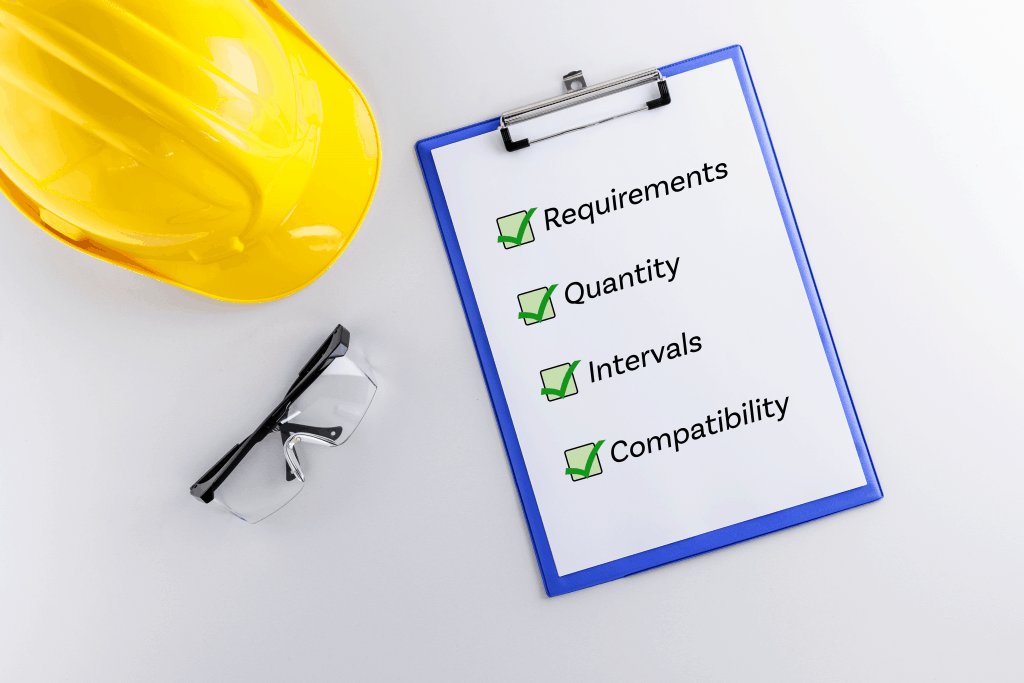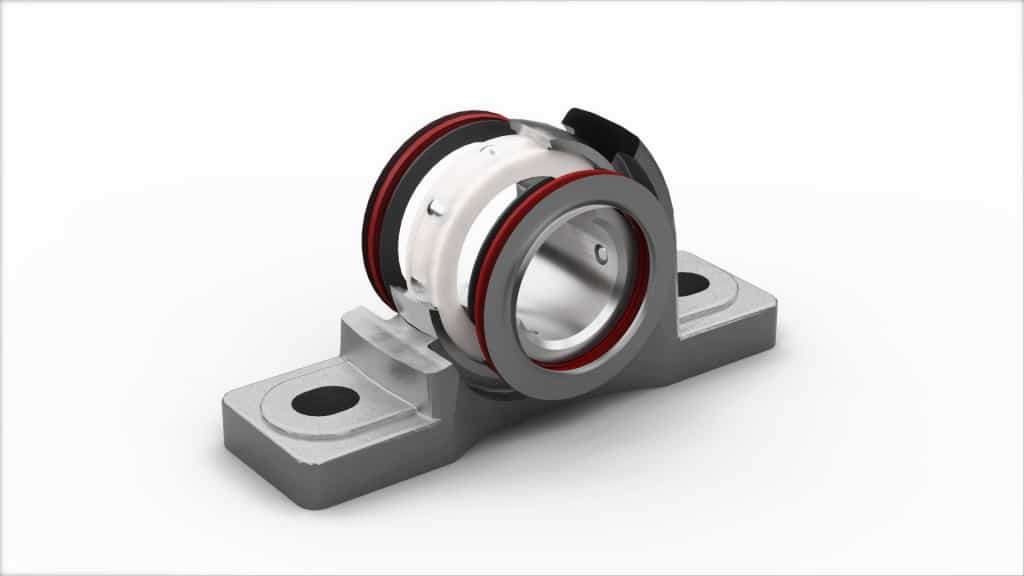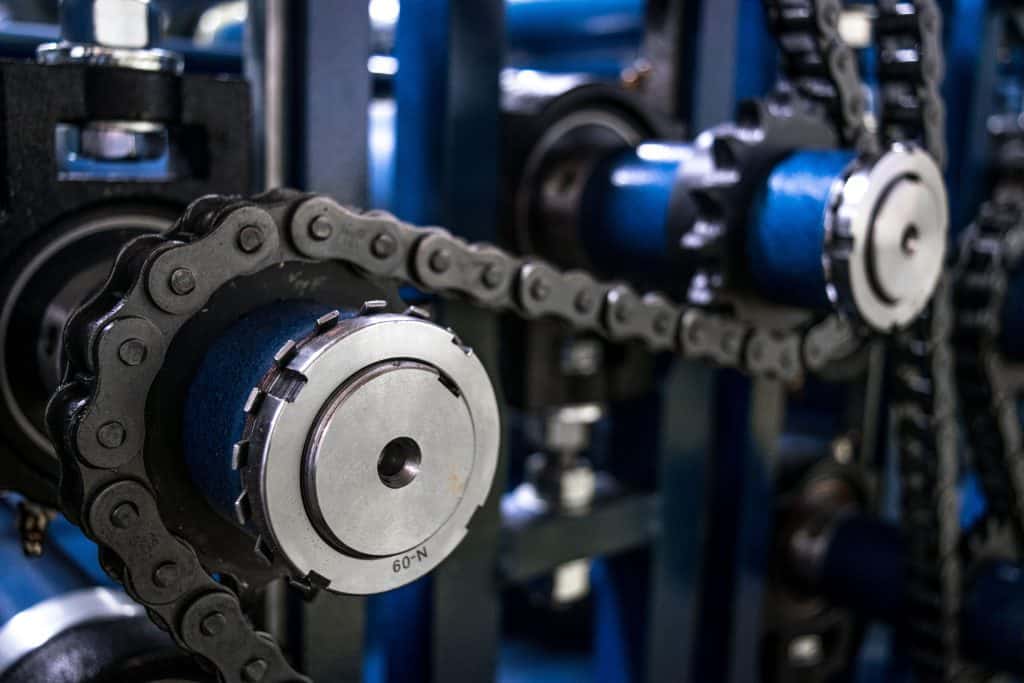Greasing a Bearing: 4 Ways to Avoid Premature Failure

Premature bearing failures are a significant source of lost productivity and unnecessary cost. Most of the time, these failures are the result of improper or inconsistent bearing maintenance. Greasing a bearing–and doing it properly–is one of the most important steps you can take to extend the life of your bearings and reduce both costs and downtime. Here are a few important lubrication techniques that can make a big difference for the lifespan of your bearings.
Determine your lubrication baseline
If you get a lubricated bearing from the factory or equipment manufacturer, you do not add additional lubrication.
However, if you have a non-lubricated bearing, the first step is to determine the type and amount of initial lubrication your bearing needs. Consult your manufacturer’s specifications to make this determination.
It can be helpful to determine the noise and vibration baseline of the bearing, if possible. This will allow subsequent readings to show whether the bearing is still operating within an ideal range.
Don’t under or over-lubricate the bearing
Not enough lubrication is obviously a problem for a bearing, but over-lubricating can cause a host of issues, as well. Excessive lubrication can unseat the bearing’s seals, opening a pathway for contamination. It can also hasten grease loss through that same opening.
Additionally, over-lubricating causes churning. Churning is a condition in which the bearing has to work much harder to push through the excess lubricant, which degrades the grease and can result in overheating. Degraded grease can no longer do the important work of keeping the bearing cool. Instead of the bearing’s rolling elements moving through a prescribed amount of grease–which aids movement–churning makes it so the rolling elements have to force their way through the grease, increasing the running temperature of the bearing.
In most environments, greasing a bearing until it is completely filled with grease may significantly decrease its lifespan. Unless the bearing is in a very dirty or wet environment, avoid the practice of pumping grease until you feel resistance or until lubrication is emitted from the bearing seals.
Important tip: just because a bearing is hot doesn’t necessarily mean it’s low on lubrication. There may be other issues occurring. The prescription is not “more grease to cool things down.” Over-lubrication will only exacerbate the issue.
Add lubrication at the appropriate intervals
Timing and environmental conditions matter for bearing lubrication. Relubricating too often or too infrequently may play a significant role in the lifespan of the bearing. Check your manufacturer’s recommendations for appropriate relubrication intervals.
Whenever relubricating, it is important only to add the amount of grease recommended by your manufacturer. Take care not to overfill your bearing; ideally, a ⅓ grease fill should be maintained.
Important tip: Greasing a bearing may cause the operating temperature to increase. This increase is temporary, and the bearing should return to normal operating temperature after a short period of time.
Use compatible grease
Mixing incompatible greases can have numerous undesirable results. Oil bleed is common–this is when the oil separates from the thickener, reducing the ability to protect the bearing.
Salt-like deposits can also form, causing damage to rolling elements and races and eventually leading to premature failure.
Proper bearing maintenance is worth the effort; it will save time and costs down the road by extending the productive lifespan of the bearing.




